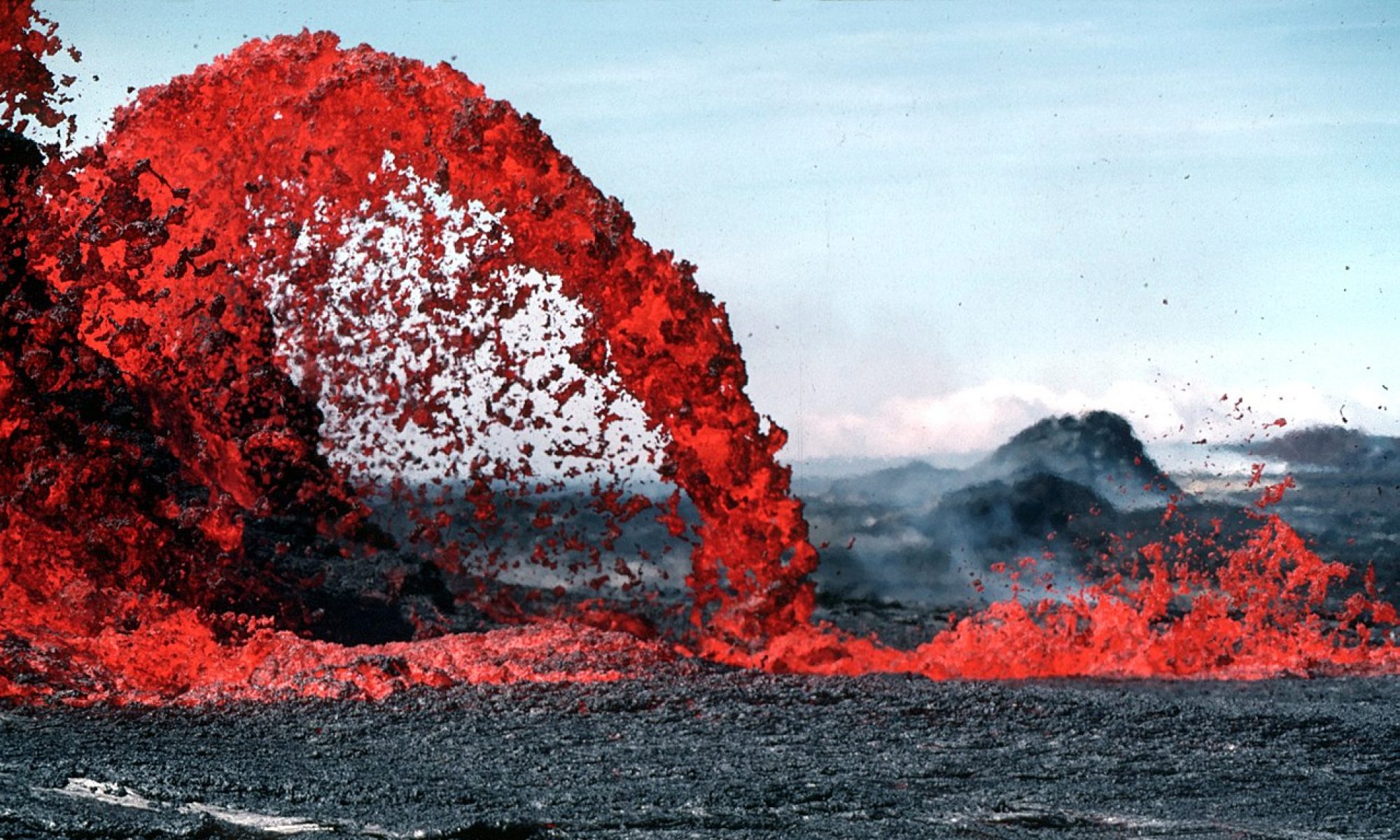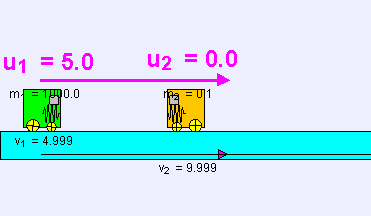28 minutes to work on problems, then 30 minutes on the FRQ portion.
Tomorrow: Multiple choice portion.

Learn Physics – Mr. Trampleasure
Resources for high school physics students and teachers
28 minutes to work on problems, then 30 minutes on the FRQ portion.
Tomorrow: Multiple choice portion.
Test will be on Wednesday. Work on the review packet today and tomorrow; if you have any questions about any of the problems, post them here.
Solutions to the packet will be posted tomorrow.
(These are corrected in the PDF version linked/shown on this page.)
File Name: 00411_Momentum-Review-1.pdf
Today we will be looking at the energy unit test, then continuing to work on momentum and collisions.
Momentum test on Friday.
Read problems 46-55.
Working in trios, you will be assigned one problem. For each problem:
Solve six of five of problems 46-55.
Here are the solutions to the homework problems, so you can check your work:
Tomorrow we will look at collisions in two dimensions!
It looks like I’ll be back on Thursday. Still a rough throat, but the doc thinks I’ll be ready by then. I’ll probably have a wireless mic so I don’t have to strain my voice 😊 .
You might also find these instruction helpful.
I hope to post some videos showing how to solve yesterday’s assigned problems, but here are a few others that might be helpful.
Remember that only when a collision is described as elastic can you use conservation of kinetic energy.
Problems 19, 20, 21
Problems 25, 27, 28, 29, 31

Today you will finish your spreadsheet calculations.
Remember, momentum is a vector, so some of your velocities will be negative. Be sure to include these, and that they match the relative directions of your carts.
Since we want to calculate percent as compared to the initial, and the initial p and K are zero, we can’t divide by the initial. Instead, use the following formula (all momentum values are the final values, since the originals are all zero)“
Numerator: If momentum is conserved, then pa + pb should equal zero (one value being negative), so the numerator in our traditional change/original calculation would be zero.
Denominator: We would want the denominator to represent some value we are comparing to, so let’s chose the average of the two momenta…but since one is positive and the other is negative, we need to take the absolute value of each before averaging them.
If your group was not able to collect any data, please use the following spreadsheet and save a copy for your group. bit.ly/VHSmomentum
Here’s a video about momentum and kinetic energy in car crashes for your enjoyment: